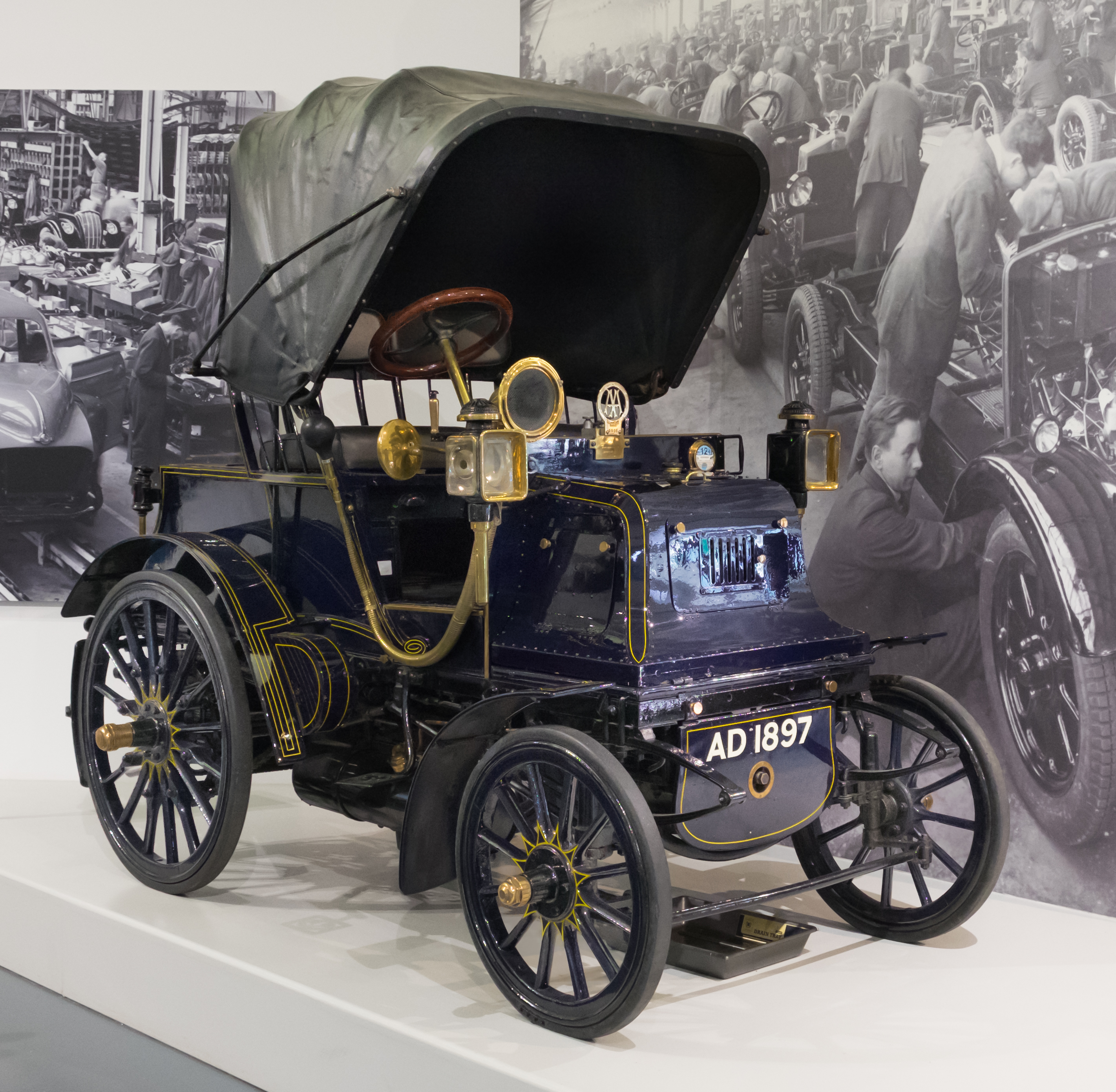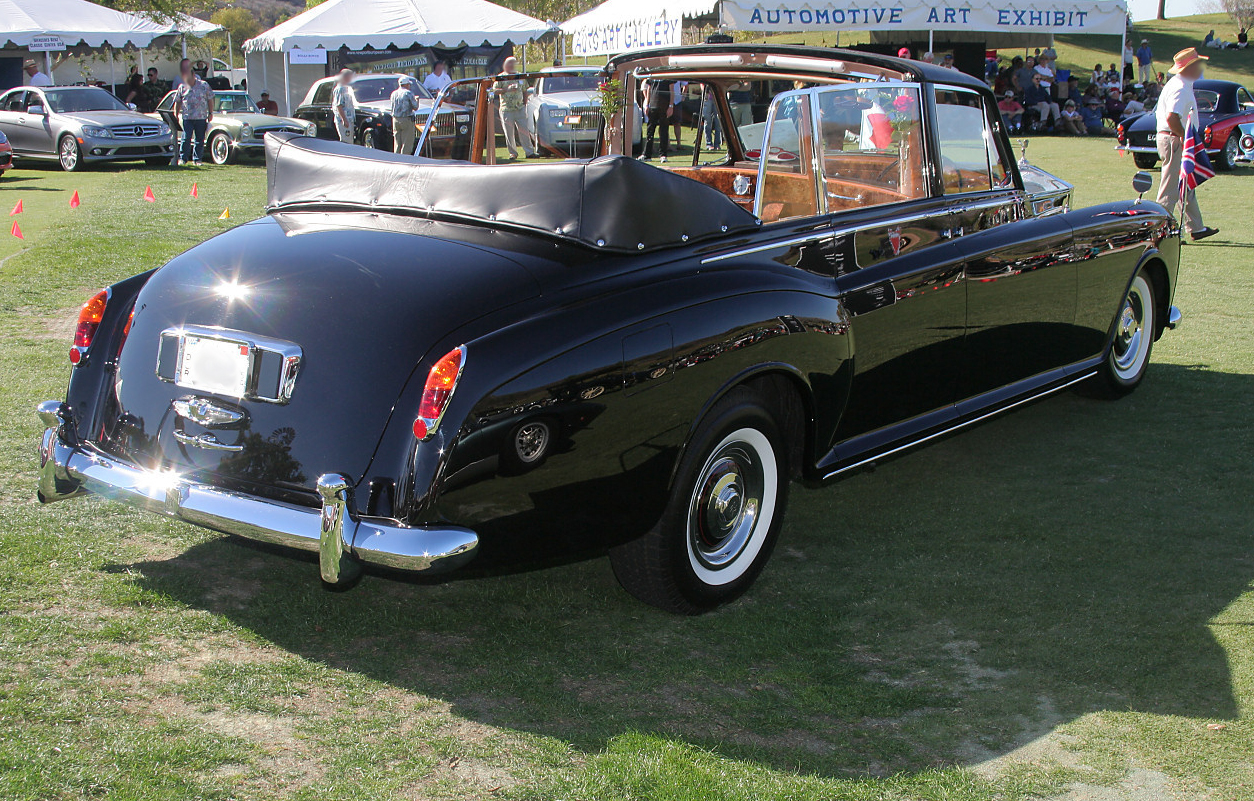|
Lion-Peugeot Type V2C2
The Lion-Peugeot Type V2C2 was early motor car produced near Valentigney by the French auto-maker Lion-Peugeot in 1910. By this time Lion-Peugeot had been producing motor cars for four years, but the V2C2 was the first model with an engine of more than one cylinder. The V2C2 was propelled using a two-cylinder 1,325 cm³ four stroke engine, mounted ahead of the driver. A maximum 12 hp of power was delivered to the rear wheels. The car shared its 2,250 mm wheel base with the manufacturer's single cylinder Type VC2 model which had been launched a year earlier. The 3,200 mm body length provided space for between two and four people depending on the body specified. The range of different body types offered included a Phaeton, a Landaulet, a Limousine, a Coupé A coupe or coupé (, ) is a passenger car with a sloping or truncated rear roofline and two doors. The term ''coupé'' was first applied to horse-drawn carriages for two passengers without rea ... [...More Info...] [...Related Items...] OR: [Wikipedia] [Google] [Baidu] |
Lion-Peugeot
Lion-Peugeot is a formerly independent French auto-maker. It is the name under which in 1906 Robert Peugeot and his two brothers, independently of the established Peugeot car business, began to produce automobiles at Beaulieu near Valentigney. In 1910 the two family auto-makers ''Automobiles Peugeot'' and ''Lion-Peugeot'' merged to form the business ''Société des Automobiles et Cycles Peugeot'', but the merged business continued to use the ''Lion-Peugeot'' name for smaller models inherited from the formerly independent business until 1916. Background To understand why there were two Peugeot automobile businesses it is necessary to refer to a family disagreement that culminated, in 1896, in Armand Peugeot leaving the family business which was called, at that stage, ''"Les Fils de Peugeot Frères" (The Sons of Peugeot Brothers)''. Eugène and Armand Peugeot, who were related to each other as second cousins, had recently taken over control of the successful Peugeot metal-worki ... [...More Info...] [...Related Items...] OR: [Wikipedia] [Google] [Baidu] |
Compact Car
Compact car is a vehicle size class — predominantly used in North America — that sits between subcompact cars and mid-size cars. "Small family car" is a British term and a part of the C-segment in the European car classification. However, prior to the downsizing of the United States car industry in the 1970s and 1980s, larger vehicles with wheelbases up to were considered "compact cars" in the United States. In Japan, small size passenger vehicle is a registration category that sits between kei cars and regular cars, based on overall size and engine displacement limits. United States Current definition The United States Environmental Protection Agency (EPA) ''Fuel Economy Regulations for 1977 and Later Model Year'' (dated July 1996) includes definitions for classes of automobiles. Based on the combined passenger and cargo volume, compact cars are defined as having an ''interior volume index'' of . 1930s to 1950s The beginnings of U.S. production of compact cars we ... [...More Info...] [...Related Items...] OR: [Wikipedia] [Google] [Baidu] |
FR Layout
In automotive design, a FR, or front-engine, rear-wheel-drive layout is one where the Internal combustion engine, engine is Front-engine design, located at the front of the vehicle and rear-wheel-drive, driven wheels are located at the rear via a drive shaft. This was the traditional automobile layout for most of the 20th century. Modern designs commonly use the front-engine, front-wheel-drive layout (FF). It is also used in high-floor Bus, buses and School bus, school buses. Front mid-engine, rear-wheel-drive layout In automotive design, a front mid-engine, rear-wheel-drive layout (FMR) is one that places the internal combustion engine, engine in the front, with the rear wheels of vehicle being driven. In contrast to the front-engine, rear-wheel-drive layout (FR), the engine is pushed back far enough that its center of mass is to the rear of the front axle. This aids in weight distribution and reduces the moment of inertia, improving the vehicle's car handling, handling. The me ... [...More Info...] [...Related Items...] OR: [Wikipedia] [Google] [Baidu] |
Valentigney
Valentigney () is a commune in the Doubs department in the Bourgogne-Franche-Comté region in eastern France. Valentigney is best known as the place where Peugeot began operations; several members of the Peugeot family still live in the area. During the 19th century and into the early 20th century, many Montbeliardaise from Valentigney and neighboring areas immigrated to northwest Ohio, particularly Williams County. Population See also * Communes of the Doubs department The following is a list of the 571 communes of the Doubs department of France. The communes cooperate in the following intercommunalities (as of 2020):Official website [...More Info...] [...Related Items...] OR: [Wikipedia] [Google] [Baidu] |
France
France (), officially the French Republic ( ), is a country primarily located in Western Europe. It also comprises of Overseas France, overseas regions and territories in the Americas and the Atlantic Ocean, Atlantic, Pacific Ocean, Pacific and Indian Oceans. Its Metropolitan France, metropolitan area extends from the Rhine to the Atlantic Ocean and from the Mediterranean Sea to the English Channel and the North Sea; overseas territories include French Guiana in South America, Saint Pierre and Miquelon in the North Atlantic, the French West Indies, and many islands in Oceania and the Indian Ocean. Due to its several coastal territories, France has the largest exclusive economic zone in the world. France borders Belgium, Luxembourg, Germany, Switzerland, Monaco, Italy, Andorra, and Spain in continental Europe, as well as the Kingdom of the Netherlands, Netherlands, Suriname, and Brazil in the Americas via its overseas territories in French Guiana and Saint Martin (island), ... [...More Info...] [...Related Items...] OR: [Wikipedia] [Google] [Baidu] |
Lion-Peugeot Type VC2
The Lion-Peugeot Type VC2 was an early motor car produced near Valentigney by the French auto-maker Lion-Peugeot between 1909 and 1910. 1,175 were produced. The cars represented an evolution of the Lion-Peugeot Type VC1 which had been in production since 1906. The Type VC2 retained a single cylinder 1,045 cm³ four stroke engine, mounted ahead of the driver. A maximum 9 hp of power was delivered to the rear wheels. The wheelbase was now extended to 2,250 mm, supporting a vehicle length of 3,320 mm and providing space for between two and four people depending on the body specified. For this model Lion-Peugeot offered a wider range of open and closed body types than hitherto, including a Phaeton, a Landaulet, a Limousine A limousine ( or ), or limo () for short, is a large, chauffeur-driven luxury vehicle with a partition between the driver compartment and the passenger compartment. A very long wheelbase luxury sedan (with more than four doors) dri ... [...More Info...] [...Related Items...] OR: [Wikipedia] [Google] [Baidu] |
Phaeton Body
A phaeton is a style of open automobile without any fixed weather protection, which was popular from the 1900s until the 1930s. It is an automotive equivalent of the horse-drawn fast, lightweight phaeton carriage. A popular style in the US from the mid–1920s and continuing into the first half of the 1930s was the dual cowl phaeton, with a cowl separating the rear passengers from the driver and front passenger. Phaetons fell from favour when closed cars and convertible body styles became widely available during the 1930s. Eventually, the term "phaeton" became so widely and loosely applied that almost any vehicle with two axles and a row or rows of seats across the body could be called a phaeton. Convertibles and pillarless hardtops were sometimes marketed as "phaetons" after actual phaetons were phased out. History The term ''phaeton'' had historically described a light, open four-wheeled carriage. When automobiles arrived it was applied to a light two-seater with minim ... [...More Info...] [...Related Items...] OR: [Wikipedia] [Google] [Baidu] |
Landaulet (car)
A landaulet, also known as a landaulette, is a car body style where the rear passengers are covered by a convertible top. Often the driver is separated from the rear passengers by a division, as with a limousine. During the first half of the 20th century, taxicabs were often landaulets, with models such as the Austin 12/4 and the Checker Model G and early Checker Model A being a common sight in larger cities. Around the middle of the 20th century landaulets were built for public figures such as heads of state to use for formal processions or parades when they wished to be more visible to large crowds. Open cars are now less frequently used, due to security concerns. History The car body style is derived from the horse-drawn carriage of similar style that was a cut-down (coupé) version of a landau. In British English, the term ''landaulet'' is used specifically for horse-drawn carriages, and ''landaulette'' is used when referring to motor vehicles. Like many other car ... [...More Info...] [...Related Items...] OR: [Wikipedia] [Google] [Baidu] |
Limousine
A limousine ( or ), or limo () for short, is a large, chauffeur-driven luxury vehicle with a partition between the driver compartment and the passenger compartment. A very long wheelbase luxury sedan (with more than four doors) driven by a professional driver is called a stretch limousine. In some countries, such as the United States, Germany, Canada, and Australia, a limousine service may be any pre-booked hire car with driver, usually but not always a luxury car. In particular, airport shuttle services are often called limousine services though they often use minibuses. __TOC__ Etymology The word ''limousine'' is derived from the name of the French region Limousin. However, how the name of the region transferred to the car is uncertain. One possibility involves a particular type of carriage hood or roof physically resembled the raised hood of the cloak worn by the shepherds there. An alternate etymology speculates that some early chauffeurs wore a Limousin-style cloa ... [...More Info...] [...Related Items...] OR: [Wikipedia] [Google] [Baidu] |
Coupé
A coupe or coupé (, ) is a passenger car with a sloping or truncated rear roofline and two doors. The term ''coupé'' was first applied to horse-drawn carriages for two passengers without rear-facing seats. It comes from the French past participle of ''couper'', "cut". __TOC__ Etymology and pronunciation () is based on the past participle of the French verb ("to cut") and thus indicates a car which has been "cut" or made shorter than standard. It was first applied to horse-drawn carriages for two passengers without rear-facing seats. These or ("clipped carriages") were eventually clipped to .. There are two common pronunciations in English: * () – the anglicized version of the French pronunciation of ''coupé''. * () – as a spelling pronunciation when the word is written without an accent. This is the usual pronunciation and spelling in the United States, with the pronunciation entering American vernacular no later than 1936 and featuring in the Beach Boys' hi ... [...More Info...] [...Related Items...] OR: [Wikipedia] [Google] [Baidu] |
Armand Peugeot
Armand Peugeot (; 18 February 1849 – 4 February 1915) was an industrialist in France, pioneer of the automobile industry and the man who transformed Peugeot into a manufacturer of bicycles and, later, of automobiles. He was accepted into the Automotive Hall of Fame in 1999. Family Born in 1849 into a Protestant family at Herimoncourt, in eastern France, Armand Peugeot was the son of Emile Peugeot and grandson of Jean-Pierre Peugeot. The family had a metal working business, producing a range of practical goods such as springs, saws, spectacle frames and coffee grinders. In 1872, he married Sophie Leonie Fallot (1852–1930) and they had five children, but their only son, Raymond, died in 1896. Armand Peugeot died on 2 January 1915 in Neuilly-sur-Seine, near Paris. Education He was a graduate of the École Centrale Paris, a prestigious engineering school in France. In 1881, Peugeot travelled to England where he saw the potential of bicycles and their manufacture. Business From ... [...More Info...] [...Related Items...] OR: [Wikipedia] [Google] [Baidu] |





